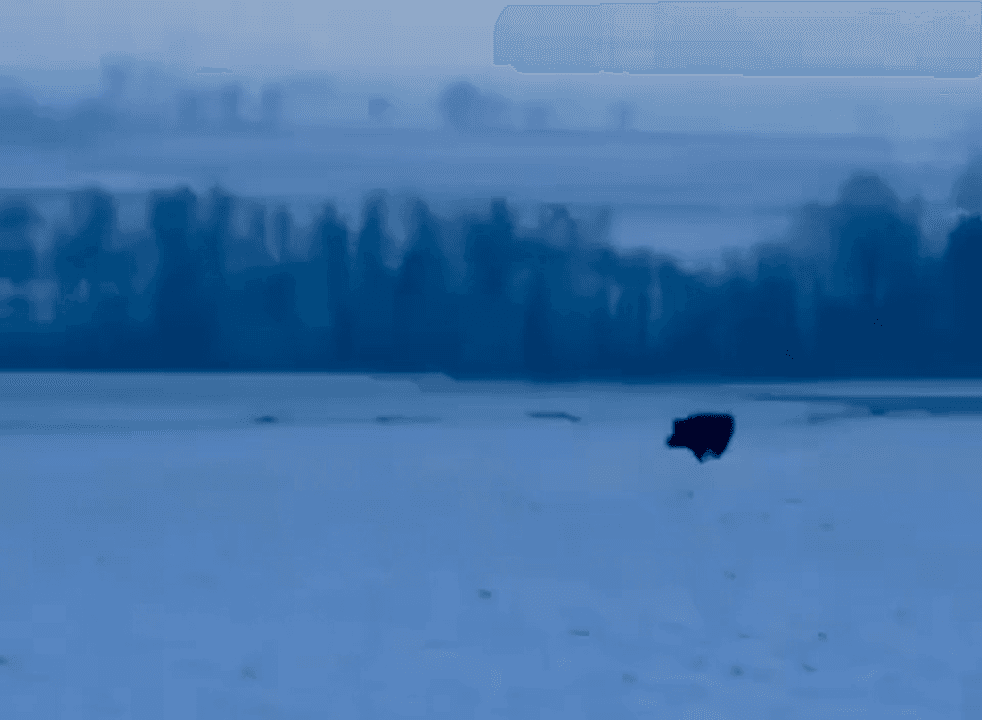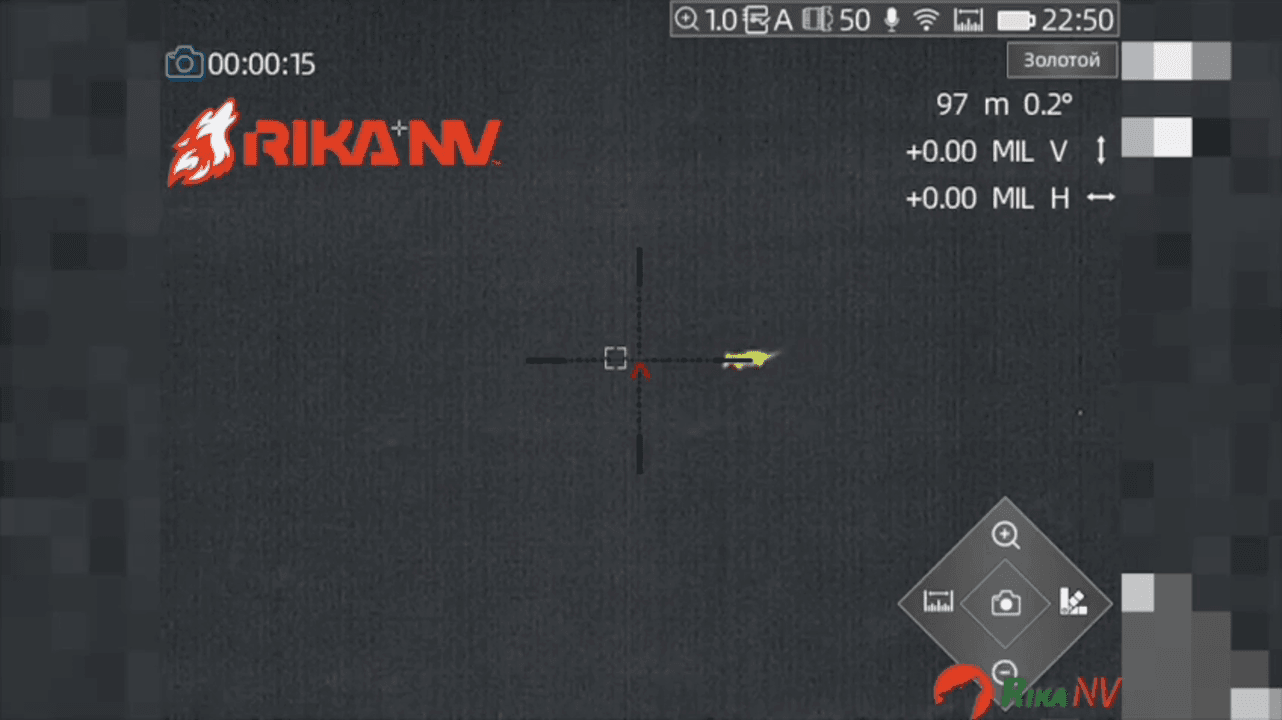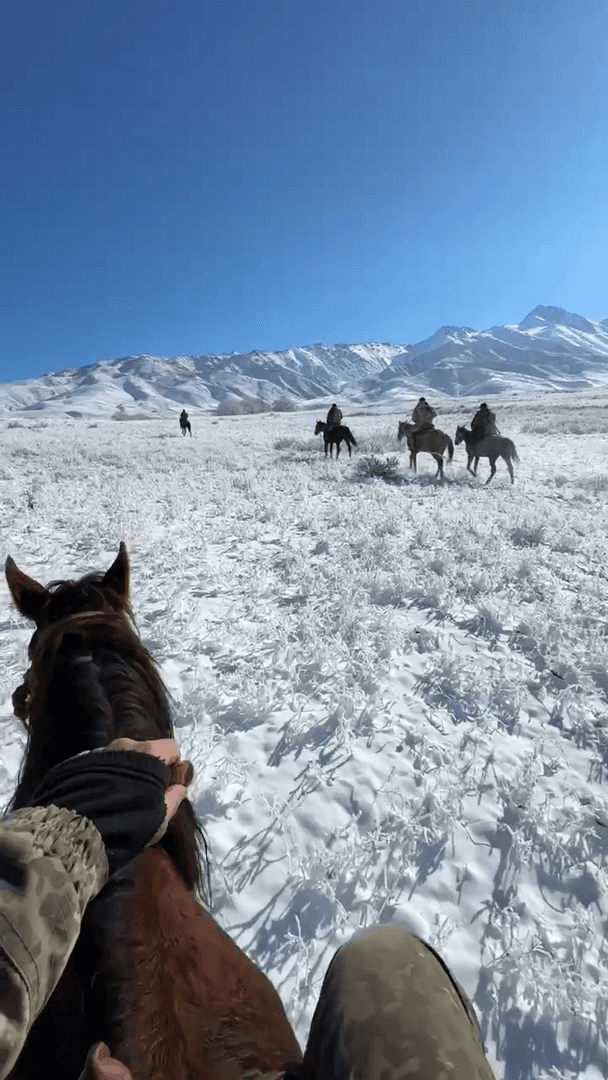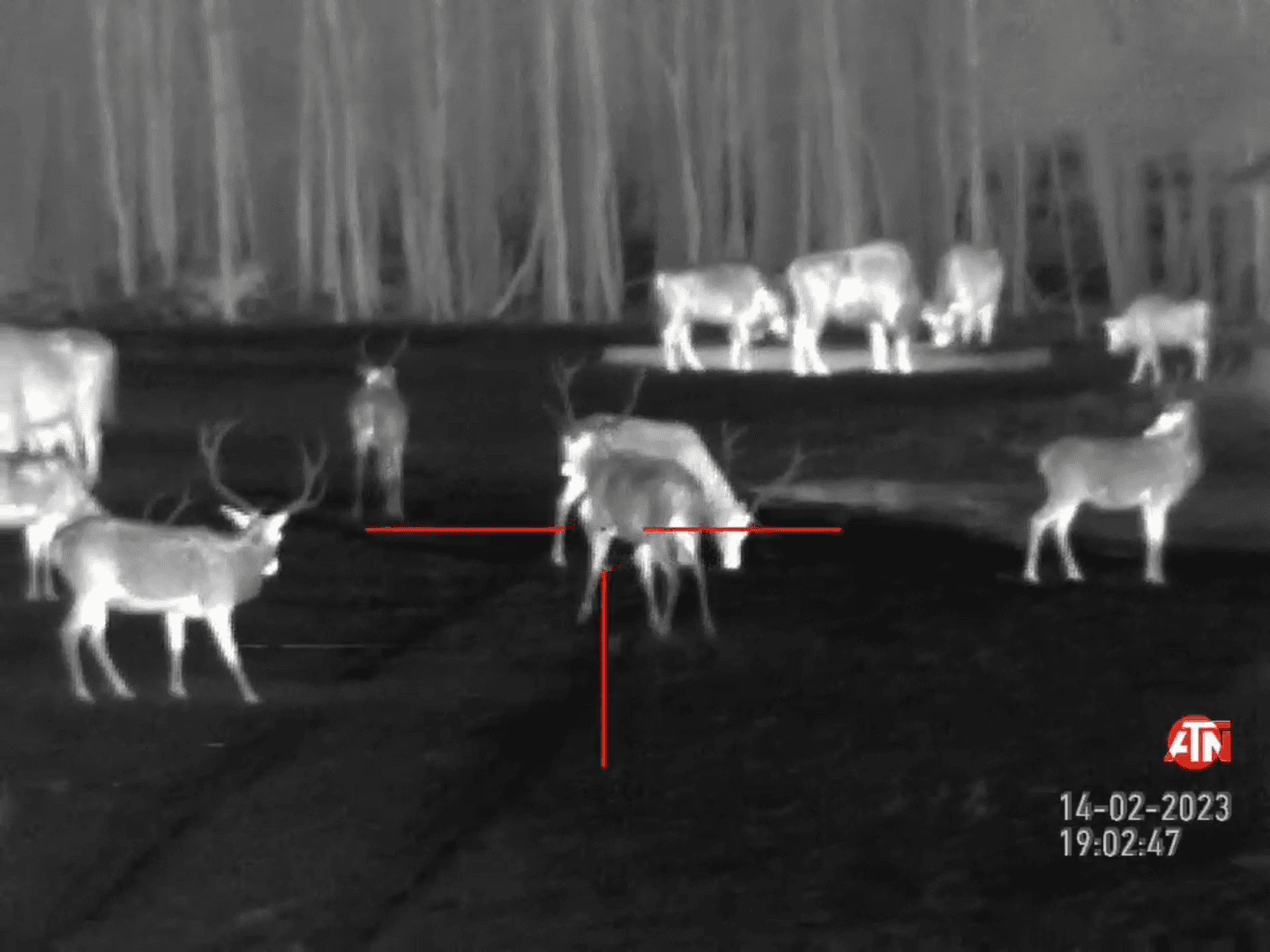
In case you missed it... A new rule could result in a ban on lead ammunition and fishing tackle.
Post: 22 July 09:15

Post: 22 July 09:15

Post: 4 December 09:38

Post: 20 September 15:57

Post: 8 September 14:38

Post: 14 May 12:27

Post: 12 April 03:52

Post: 21 November 09:20

Post: 21 July 17:11

Post: 22 March 10:13

Post: 29 June 18:19

Post: 22 November 14:43

Post: 7 October 09:43

Post: 21 December 18:48

Post: 4 December 19:59

Post: 11 January 18:11

Post: 17 October 10:47

Post: 18 September 12:06

Post: 14 August 09:17

Post: 19 January 21:36

Post: 4 February 09:37

Post: 11 November 09:11

Post: 4 November 09:40

Post: 6 September 09:16

Post: 11 April 09:31

Post: 16 September 11:13

Post: 24 January 12:24

Post: 17 October 09:23

Post: 8 October 09:28

Post: 4 June 07:32

Post: 16 May 08:54

Post: 6 May 13:14

Post: 15 April 11:22

Post: 21 March 10:31

Post: 16 January 09:49

Post: 24 December 09:16

Post: 3 December 08:32

Post: 29 November 09:19

Post: 3 October 09:58
Post: 30 September 09:00

Post: 20 May 08:55

Post: 7 December 09:28

Post: 6 October 11:57

Post: 13 July 17:53

Post: 5 April 19:35

Post: 8 November 12:14

Post: 22 June 12:47

Post: 4 October 15:15

Post: 21 September 08:03

Post: 8 September 22:02

Post: 1 September 14:30